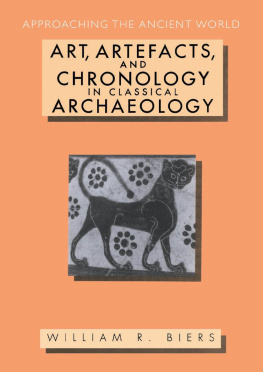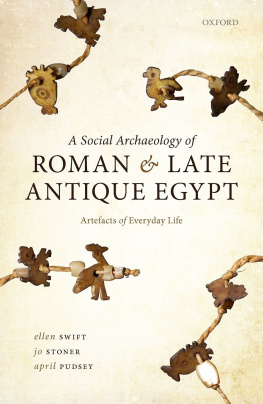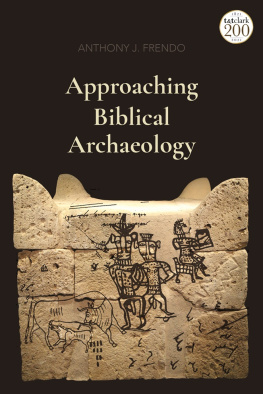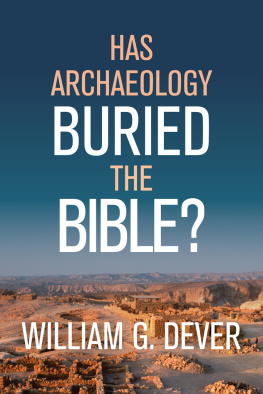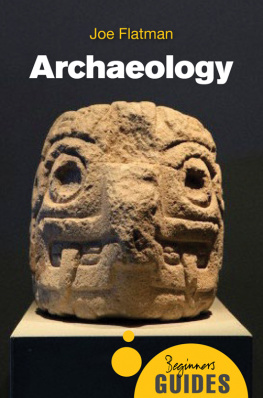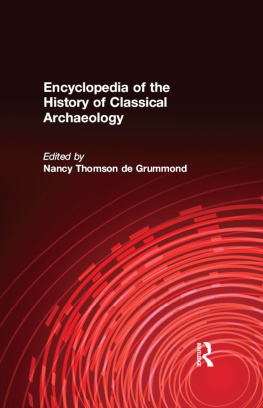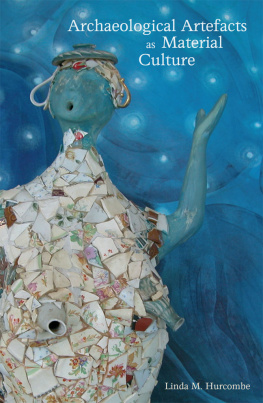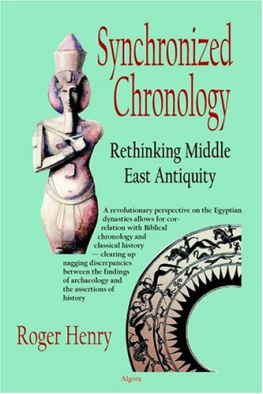Art, Artefacts, and Chronology in Classical Archaeology
The study of art history and archaeology depends substantially on dates which are given to artefacts and works of art. Very few students, however, have an understanding of matters of chronology or of the source material that determines the dates. In this study Professor Biers sets out to explain this crucial facet of classical scholarship.
Short introductory chapters outline the archaeology and chronology of the ancient Greek and Roman world. The core of the study is two chapters on Relative and Absolute Dating which seek, by use of specific examples, to convey the principles behind how dates are assigned to archaeological and artistic artefacts. Professor Biers presents examples from architecture, sculpture, and painting to illustrate how stylistic analysis is used to determine relative dates. Self-dating objects, such as coins, as well as the interpretation of written evidence, are explored to show how specific, absolute dates are deduced. The final chapter examines selected problems in chronology that involve the interpretation of the various kinds of evidence presented in the previous chapters.
William R. Biers is Professor of Art History and Archaeology at the University of Missouri-Columbia.
Approaching the Ancient World Series editor: Richard Stoneman
The sources for the study of the Greek and Roman world are diffuse, diverse, and often complex, and special training is needed in order to use them to the best advantage in constructing a historical picture.
The books in this series provide an introduction to the problems and methods involved in the study of ancient history. The topics covered will range from the use of literary sources for Greek history and for Roman history, through numismatics, epigraphy, and dirt archaeology, to the use of legal evidence and of art and artefacts in chronology. There will also be books on statistical and comparative method, and on feminist approaches.
The Uses of Greek Mythology
Ken Dowden
Art, Artefacts, and Chronology in Classical Archaeology
William R. Biers
Reading Papyri, Writing Ancient History
Roger S. Bagnall
Ancient History from Coins
Christopher Howgego
Art, Artefacts, and Chronology in Classical Archaeology
William R. Biers
First published 1992
by Routledge
2 Park Square, Milton Park, Abingdon, Oxon OX14 4RN
Simultaneously published in the USA and Canada
by Routledge
270 Madison Avenue, New York NY 10016
Reprinted 1995 and 1996
Transferred to Digital Printing 2005
Routledge is an imprint of the Toylor & Francis Group
1992 William R. Biers
Typeset in 10 on 12 point Baskerville by
Selwood Systems, Midsomer Norton, Avon
All rights reserved. No part of this book may be reprinted or reproduced or utilized in any form or by any electronic, mechanical, or other means, now known or hereafter invented, including photocopying and recording, or in any information storage or retrieval system, without permission in writing from the publishers.
British Library Cataloguing in Publication Data
Biers, William R.
Art, artefacts, and chronology in classical
archaeology. (Approaching the ancient world)
I. Title II. Series
930.10285
Library of Congress Cataloguing in Publication Data
Biers, William R.
Art, artefacts, and chronology in classical archaeology/William
R. Biers.
p. cm.(Approaching the ancient world)
Outgrowth of a seminar held at the American School of Classical
Studies in Athens during the 198990 academic year.
Includes bibliographical references and index.
1. Classical antiquities. 2. Archaeological datingMediterranean
Region. I. Title. II. Series.
938-dc20
ISBN 0415063191
ISBN 9781135856991 (epub)
Contents
Illustrations
Preface
This book grew directly out of a seminar on Greek chronology that I was privileged to direct at the American School of Classical Studies in Athens while Whitehead Visiting Professor during the 19891990 academic year. I had previously explored the subject of the chronology of the Greek period, at first specifically in relationship to Greek vase-painting and later more comprehensively for Greek art, in graduate seminars at the University of Missouri-Columbia, but the Athens course offered a chance to study with advanced students, many of whom had become interested in the subject of chronology in general as well as in particular problems they had encountered in their own work. Moreover, the suggested new chronology for the early Greek period propounded by E. D. Francis and Michael Vickers had reached a stage where a considerable bibliography had been built up, and the subject had reached an overall notoriety not often accorded such a seemingly dry subject. It had become popular, of course, because the question of the placement in time of individual objects, buildings, or whole sites, and their chronological relationships to one another and to our own time is important, indeed basic, for the study of the ancient world. As Barbara Tuchman wrote from the point of view of an historian: Dates may seem dull and pedantic to some, but they are fundamental because they establish sequence what precedes and what follows thereby leading toward an understanding of cause and effect (A Distant Mirror: The Calamitous 14th Century, New York, Alfred A. Knopf, 1978, p. xv). The topic, of course, also tends to take on a certain immediacy for advanced graduate students about to launch out on their teaching careers, for they would like to be certain what to teach in this significant area! A re-examination of the evidence underlying our dating of the ancient world is also an ideal subject for a seminar for graduate students, providing insight not only into how one handles the difficult and often fractured evidence from antiquity but also as an introduction to the way scholars think and argue.
The participants in the seminar were fortunate to hear directly from scholars who were actively involved with chronology of the early Greek period. T. Leslie Shear, Jr, the Director of the American School of Classical Studies excavations in the Athenian Agora, took time from his busy schedule to discuss the evidence from the Agora with us. We were also honored to have Michael Vickers take part in a session, giving a presentation and then fielding, with good humor, a number of pointed questions on the subject of his proposed new chronological scheme. I remain indebted to Michael Vickers for agreeing to come to the seminar (and later suggesting that I write this book) and to the American School and its Director, William D. E. Coulson, for making his visit to Athens possible.
One of the first questions that people often raise when faced with an antiquity is How old is it? This is probably also one of the most frequently asked questions by students in courses that deal with the art and artefacts of antiquity (after whats on the test?). It is a natural question and one that is easily answered by the instructor, usually as so many years BC , or perhaps so many years ago. Little consideration is given on either side as to how such a deceptively precise numerical answer can be given, and this aspect of antiquity, or rather our understanding of this facet of classical antiquity, is never explored in any depth. Students usually accept dates given to them in textbooks without thinking about where the dates are derived from or on what sort of evidence they are based. An historical sense is not a characteristic of most of todays students, who can often consider as contemporary objects or actions hundreds, or sometimes even thousands, of years apart. The specifics of the ancient world are seen through a haze, or fog, depending on where one looks, and chronology can be one of the more hazy areas. Often, it is as if antiquity is being viewed through a telescope backwards; the image in the lens is tiny, only shows a portion of the scene, and there is no depth or perspective in the picture.


